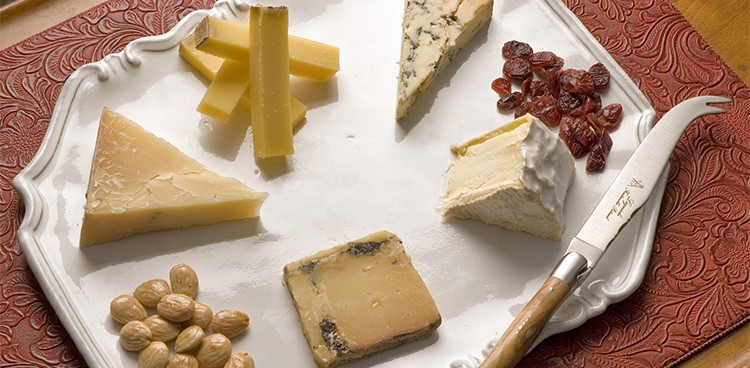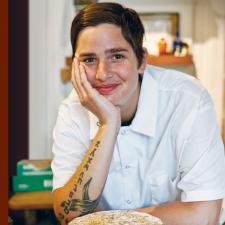
There are, however, some commonsense guidelines. When serving a large dinner, such as a Sunday roast of a whole venison leg with Yorkshire pudding and duck-fat-fried potatoes, for example, I like to serve the cheese course before the meal with a few cocktails. Get those digestive enzymes flowing; lubricate the old intestinal tract for the feast. If I am planning some light summery fare, such as a big kitchen-sink salad with lots of yummy pickled things, I like to plate the cheese alongside the entrée with a few bottles of white. This way the cheese is featured as a large accoutrement to the salad, or vice versa. For a simple pasta meal, I always prefer to have the cheese before the dessert course, as sort of a palate cleanser that sets up a nice break between savory and sweet.




